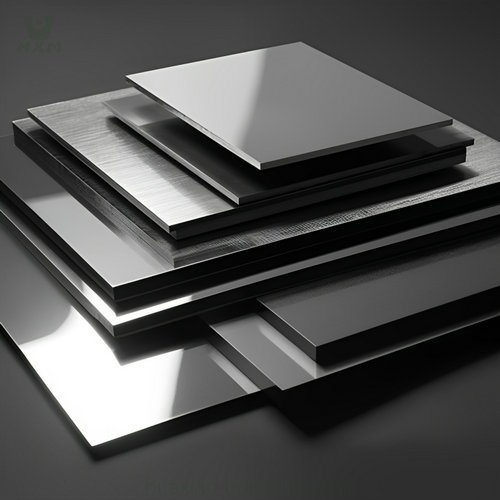
The age-old debate between carbon steel and stainless steel has ignited curiosity and sparked numerous discussions. As industries seek the perfect balance of strength, durability, and cost-effectiveness, the question lingers: which reigns supreme? In this captivating exploration, we dive into the intricate world of metallurgy, comparing the virtues and drawbacks of these two formidable contenders. Brace yourself for a thrilling journey as we unravel the mysteries and shed light on the eternal question: Is carbon steel truly better than stainless steel? Prepare to have your assumptions challenged and your knowledge expanded!
So,Is carbon steel better than stainless steel?
The question depends on the specific application. Carbon steel offers higher strength and cost-effectiveness, while stainless steel provides superior corrosion resistance. Consider the requirements and choose accordingly.
This little story is interesting and brings up the common question of whether carbon steel is better than stainless steel. While the problem may seem simple, in reality, it involves many complicated factors and technical details. In the following articles, we will delve deeper into these issues and answer these common but confusing questions for you.
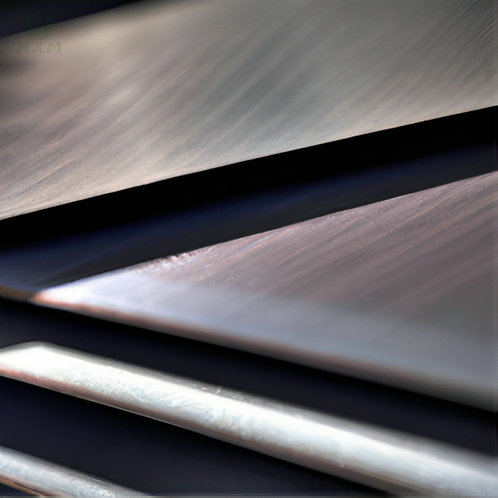
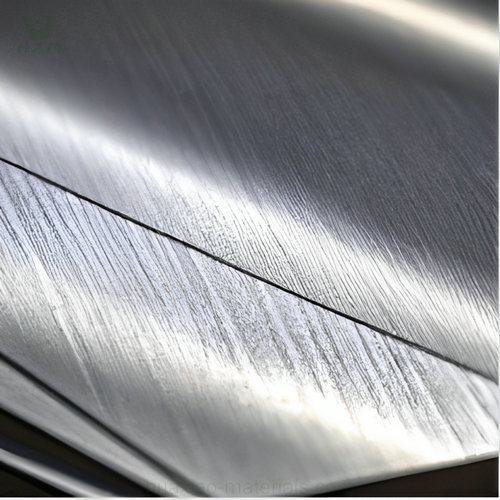
Carbon steel and stainless steel are two common materials used in various industries. Understanding their differences is crucial for selecting the right material for specific applications. In this comprehensive guide, we will delve into the key characteristics, composition, properties, and applications of carbon steel and stainless steel. Whether you’re a professional in the industry or a curious learner, this article will provide you with a solid foundation to differentiate between these two materials. Join us as we unravel the unique properties and explore the wide range of possibilities offered by carbon steel and stainless steel.
Conclusion: Understanding the differences between carbon steel and stainless steel is essential for selecting the appropriate material for specific applications. While carbon steel offers high strength and cost-effectiveness, stainless steel provides superior corrosion resistance and an attractive appearance. By considering the unique properties and requirements of your project, you can make informed decisions and leverage the benefits offered by both materials. Remember to partner with reputable stainless steel suppliers to ensure the quality and reliability of your stainless steel products.
In the realm of metals, hardness plays a crucial role in determining their suitability for various applications. One question that often arises is whether stainless steel, with its reputation for corrosion resistance, surpasses carbon steel in terms of hardness. In this comprehensive exploration, we delve into the science behind hardness, examining the factors that contribute to the hardness of stainless steel and carbon steel. Join us as we navigate the realm of metallurgy, unravel the mysteries of material properties, and provide a balanced assessment of whether stainless steel truly reigns supreme in the realm of hardness. Prepare for an enlightening journey through the fascinating world of metals!
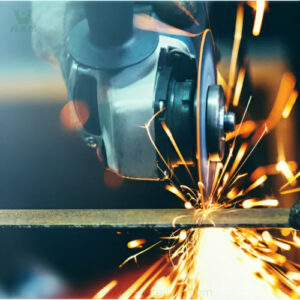
Hardness is a fundamental property of materials that measures their resistance to indentation, scratching, or deformation. It is determined by the material’s internal structure, including the arrangement of atoms and the presence of impurities or alloying elements. Various hardness measurement techniques, such as the Rockwell, Vickers, and Brinell scales, provide quantitative values to compare the hardness of different metals.
Stainless steel is renowned for its corrosion resistance and is widely used in applications where durability is paramount. The hardness of stainless steel depends on its composition, particularly the presence of alloying elements such as chromium, nickel, and molybdenum. These elements contribute to the formation of a protective oxide layer on the surface, enhancing both corrosion resistance and hardness. Different stainless steel grades exhibit varying levels of hardness, with austenitic stainless steels generally being less hard compared to martensitic or precipitation-hardened stainless steels.
Carbon steel is primarily composed of iron and carbon, with the carbon content influencing its hardness. Generally, higher carbon content leads to increased hardness in carbon steel. However, other factors like heat treatment and alloying elements can also affect the hardness of carbon steel. Carbon steel encompasses a wide range of grades, each offering different hardness levels suitable for specific applications.
Several factors influence the hardness comparison between stainless steel and carbon steel. The microstructure of the material, which is determined by factors like alloying elements and heat treatment, plays a significant role in hardness. Heat treatment processes such as quenching and tempering can alter the hardness of both stainless steel and carbon steel. Additionally, impurities and processing techniques can affect the hardness of these metals.
Direct comparison of hardness values for specific stainless steel and carbon steel grades reveals that carbon steel generally exhibits higher hardness than stainless steel. However, it is important to consider the trade-offs between hardness, strength, and other material properties. Stainless steel’s superior corrosion resistance, ductility, and aesthetic appeal often outweigh its slightly lower hardness compared to carbon steel in various applications.
Practical considerations involve evaluating the specific requirements of the application. Industries such as construction, automotive, and aerospace demand different hardness levels based on the mechanical stresses and environmental conditions encountered. Balancing hardness, strength, corrosion resistance, and other performance factors is crucial in selecting the optimal material for a particular application. Cost-effectiveness is also an important consideration, as stainless steel and carbon steel vary in terms of production costs and availability.
When seeking stainless steel suppliers for specific hardness requirements, it is essential to consider reputable suppliers with a track record of delivering high-quality materials. Factors such as certifications, material traceability, and customer reviews can provide insights into supplier reliability. Collaborating with reliable suppliers ensures access to stainless steel products that meet desired hardness specifications.
Conclusion: While stainless steel and carbon steel differ in hardness, the choice between the two materials ultimately depends on the specific application’s requirements and priorities. Stainless steel offers excellent corrosion resistance, aesthetic appeal, and ductility, albeit with slightly lower hardness compared to carbon steel. Carbon steel, on the other hand, tends to exhibit higher hardness levels but may be more prone to corrosion. When selecting between the two, it is crucial to consider factors such as mechanical stresses, environmental conditions, cost-effectiveness, and availability. By understanding the nuances of hardness and considering the trade-offs between different material properties, engineers and decision-makers can make informed choices to meet the needs of their respective industries. Collaborating with reliable stainless steel suppliers further ensures access to high-quality materials that align with specific hardness requirements.
Carbon steel and stainless steel are two widely used materials with distinct mechanical properties. In this comprehensive guide, we will delve into the differences between these materials, exploring their strength, hardness, toughness, and other key mechanical characteristics. By understanding these properties, engineers and professionals can make informed decisions when selecting the appropriate material for their specific applications. Additionally, collaborating with reliable stainless steel suppliers ensures access to high-quality materials that meet the desired mechanical requirements. Join us as we navigate through the intricacies of carbon steel and stainless steel to gain a deeper understanding of their mechanical properties.
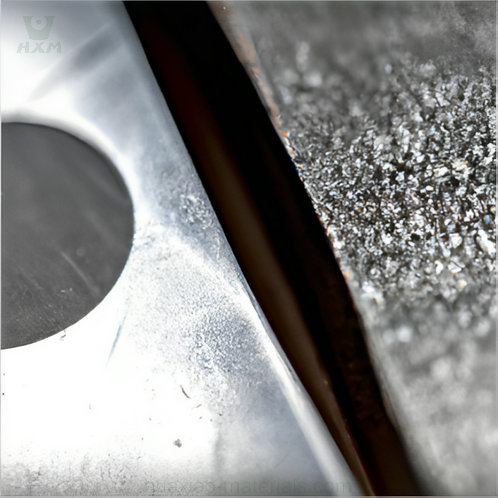
Conclusion: Understanding the mechanical properties of carbon steel and stainless steel is crucial for selecting the appropriate material for various applications. While carbon steel offers high strength and hardness, stainless steel provides a balance of strength, corrosion resistance, and other desirable properties. By collaborating with reliable stainless steel suppliers, industries can ensure access to high-quality materials that meet their specific mechanical requirements. Consideration of factors such as strength, hardness, toughness, ductility, corrosion resistance, and temperature performance empowers engineers and decision-makers to make informed choices, leading to successful and durable solutions in their respective fields.
When it comes to material selection, carbon steel and stainless steel are two commonly considered options. While stainless steel offers exceptional corrosion resistance, carbon steel possesses unique advantages that make it a preferred choice in certain applications. In this informative guide, we will delve into the advantages of using carbon steel over stainless steel. By understanding these benefits, engineers and professionals can make informed decisions when selecting the most suitable material for their specific needs. Additionally, partnering with reliable stainless steel suppliers ensures access to high-quality materials for optimal performance. Join us as we explore the advantages of carbon steel, highlighting its strength, cost-effectiveness, machinability, and more.
Conclusion: While stainless steel is renowned for its corrosion resistance, carbon steel offers unique advantages that make it a preferred choice in many applications. Its exceptional strength, cost-effectiveness, machinability, thermal conductivity, magnetic properties, and weldability make it a versatile and reliable material. By collaborating with reputable stainless steel suppliers, industries can access high-quality carbon steel for their specific requirements. Careful consideration of factors such as strength, cost, machinability, thermal conductivity, magnetism, and weldability empowers engineers and decision-makers to choose the most suitable material for successful and efficient solutions in their respective fields.
While carbon steel offers various advantages, it is important to consider its limitations and drawbacks when compared to stainless steel. Understanding these factors is crucial for informed material selection in engineering and industrial applications. In this comprehensive guide, we will delve into the specific limitations and drawbacks of using carbon steel. By exploring areas such as corrosion resistance, maintenance requirements, and temperature sensitivity, professionals can make well-informed decisions. Additionally, collaborating with reputable stainless steel suppliers ensures access to high-quality materials for optimal performance. Join us as we explore the limitations and drawbacks of carbon steel, highlighting its susceptibility to corrosion, higher maintenance needs, temperature limitations, and more.
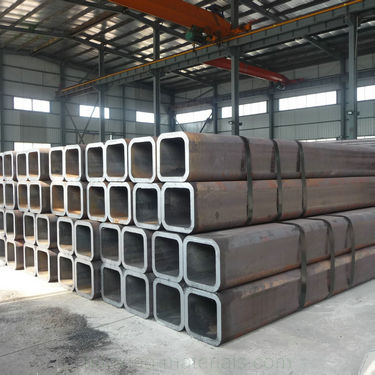
Carbon steel is magnetic, which may not be desirable in certain applications where magnetism can interfere with electronic or sensitive equipment.
Conclusion: While carbon steel offers distinct advantages, it also has limitations and drawbacks compared to stainless steel. Its susceptibility to corrosion, higher maintenance requirements, temperature limitations, weight and density considerations, welding challenges, and magnetic properties should be carefully evaluated in material selection. By partnering with reputable stainless steel suppliers, industries can access high-quality stainless steel materials that offer superior corrosion resistance, lower maintenance needs, higher temperature resistance, and other desirable properties. Careful consideration of these limitations and drawbacks empowers professionals to choose the most appropriate material for their specific applications, ensuring optimal performance and long-term reliability.
Choosing the right material for a given application requires careful consideration of various factors. When deciding between carbon steel and stainless steel, it is essential to assess their unique characteristics and match them with the specific requirements of the project. In this comprehensive guide, we will explore the key factors that should be considered when selecting between carbon steel and stainless steel. By examining aspects such as corrosion resistance, mechanical properties, cost-effectiveness, aesthetics, and availability from reputable stainless steel suppliers, professionals can make informed decisions that align with their project goals. Join us as we delve into the details of these factors to guide you in choosing the most suitable material for your applications.
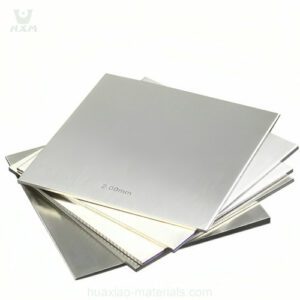
Conclusion: Selecting between carbon steel and stainless steel involves a careful evaluation of several key factors. Considerations such as corrosion resistance, mechanical properties, cost-effectiveness, aesthetic appeal, fabrication and weldability, maintenance requirements, and availability from reputable stainless steel suppliers are essential in making an informed decision. By thoroughly assessing these factors and aligning them with the specific requirements of the application, professionals can confidently choose the most suitable material that balances performance, durability, cost, and project objectives.
When it comes to sourcing stainless steel for your specific requirements, partnering with reputable suppliers is crucial. A reliable supplier ensures high-quality materials, competitive pricing, timely delivery, and excellent customer service. In this guide, we will explore the key factors to consider when searching for reputable stainless steel suppliers and provide valuable insights to help you make an informed decision. By following these guidelines, you can confidently find a supplier that meets your specific needs and delivers the stainless steel products you require. Join us as we delve into the details of finding reputable stainless steel suppliers.
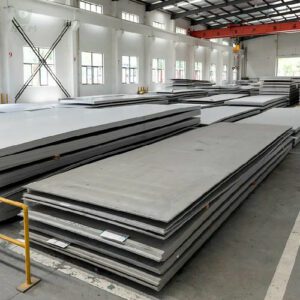
Conclusion: Finding reputable stainless steel suppliers for your specific needs requires careful consideration of factors such as industry experience, product range, quality assurance, material traceability, competitive pricing, timely delivery, customer service, reputation, environmental practices, and global reach. By evaluating these aspects and conducting thorough research, you can establish successful partnerships with reliable suppliers that provide high-quality stainless steel products tailored to your requirements.
The topic of whether carbon steel is better than stainless steel is a common question in the field of materials and manufacturing. Throughout the discussion, we have examined various aspects of both carbon steel and stainless steel, including their mechanical properties, advantages, limitations, and factors to consider when selecting between them.
Regarding the mechanical properties, carbon steel is generally known for its strength and hardness, while stainless steel offers a unique combination of corrosion resistance, durability, and aesthetic appeal. Each type of steel has its own set of advantages and applications.
In terms of advantages, carbon steel offers superior strength and hardness, making it suitable for high-stress applications such as structural components and machinery. It is also typically more affordable than stainless steel, making it a cost-effective choice in certain scenarios.
On the other hand, stainless steel excels in corrosion resistance, making it ideal for applications where exposure to moisture, chemicals, or harsh environments is a concern. It also offers excellent hygiene properties, making it suitable for food processing, medical equipment, and sanitary applications.
When selecting between carbon steel and stainless steel, several factors should be considered, including the intended application, environmental conditions, budget, and desired properties such as strength, corrosion resistance, and aesthetic appearance. It is essential to evaluate these factors to determine which steel type is better suited for the specific requirements.
In conclusion, the superiority of carbon steel or stainless steel depends on the context and specific needs of the application. While carbon steel offers exceptional strength and affordability, stainless steel provides corrosion resistance, durability, and hygiene properties. The ultimate decision should be based on a thorough assessment of the application requirements and considering the trade-offs between the properties offered by each steel type. Consulting with reputable stainless steel suppliers can further assist in making an informed decision and obtaining the most suitable steel for the intended purpose.
Copyright@2023 Huaxiao Metal Corporation Limited . All rights are reserved
WhatsApp us
Feel free to contact us!
If you need our products, please leave us a message with the specific specifications and quantity through the window on the right!
Reply within 24 hours